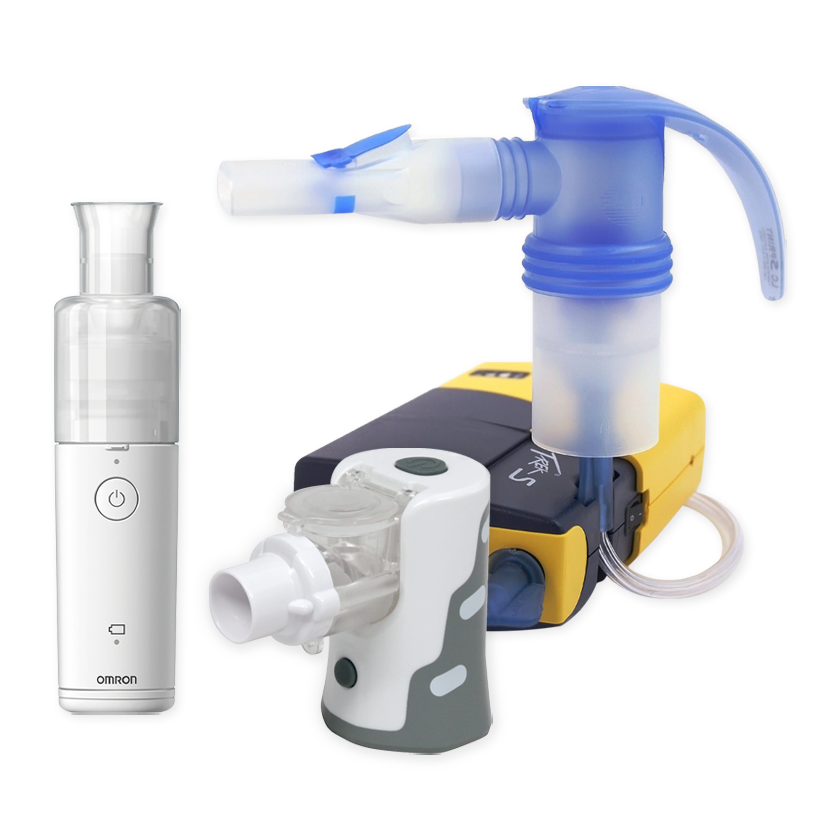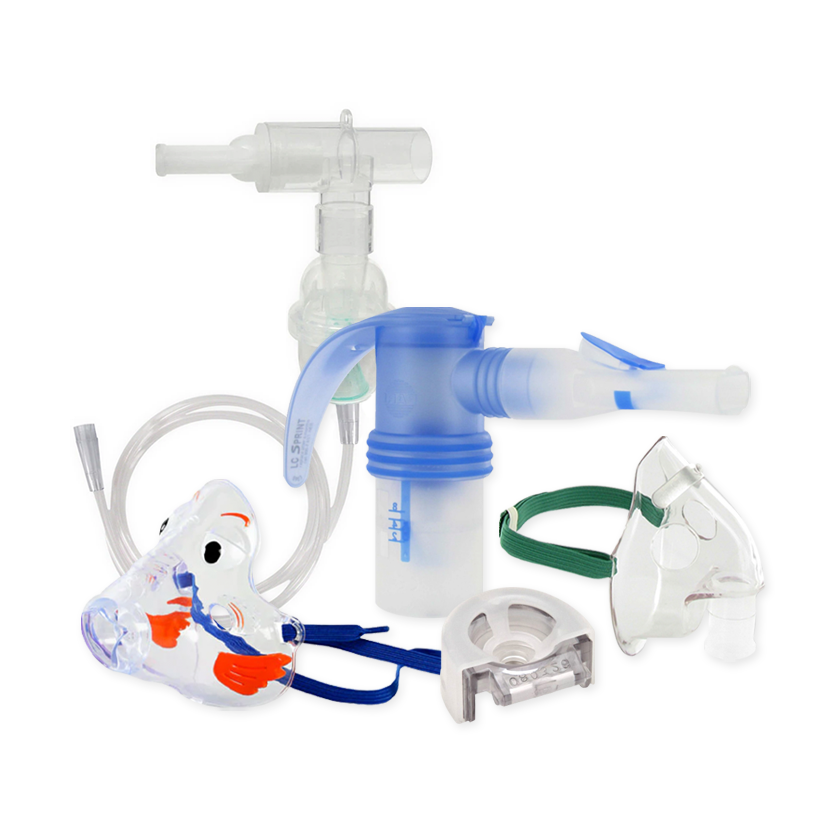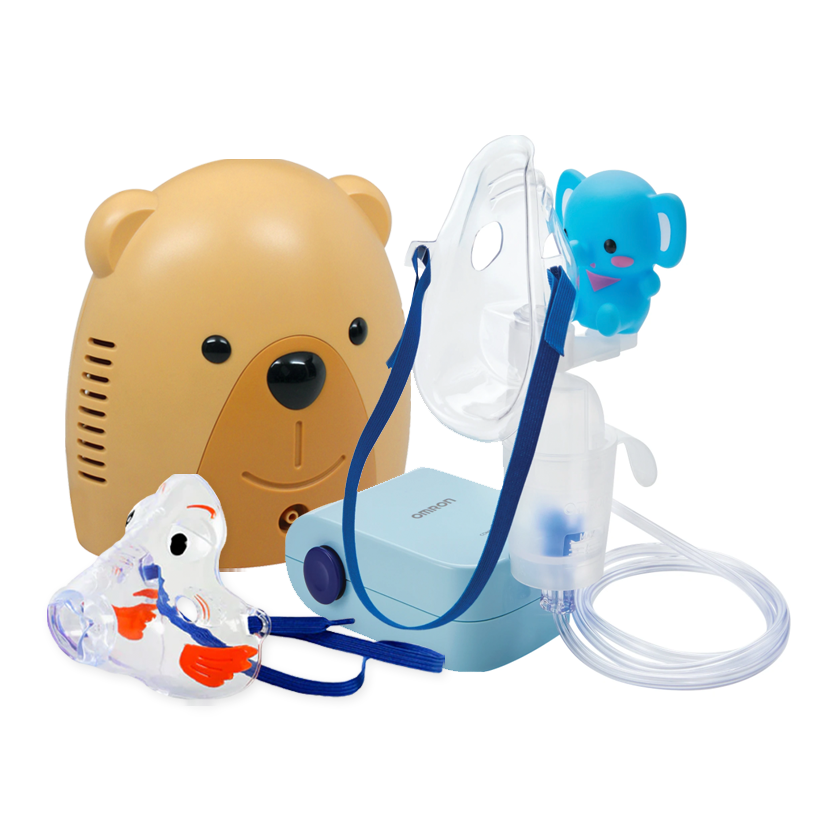Your Cart is Empty
Free Shipping on all orders over $75! Plus, free express shipping on select items.
Menu

Free Shipping on all orders over $75! Plus, free express shipping on select items.
Nebulizer Systems
Travel Nebulizers
Nebulizer Accessories
Just For Kids
Oxygen Supplies
Air Quality Alert Meaning
June 30, 2011 2 min read
For people living with Asthma or other respiratory ailments, knowing the air quality is important. Be sure to check weather reports on hot days to learn the current air quality as poor air can make breathing more difficult for everyone, especially those with breathing problems.
But what are air quality warnings? Air quality warnings are determined by government agencies that sample a large quantity of air on a daily basis. This air is checked for pollutants and then a colored air quality warning is issued each day. These colors show the Air Quality Index (AQI) from green to red that correspond to the AQI’s value for that day. The higher the AQI, the worse the air is. Green means the air quality is good, yellow is a moderate warning, orange is unhealthy air for sensitive groups (such as those with asthma), red is unhealthy for everyone, and purple and maroon colors represent very unhealthy and hazardous air respectively.
What makes the air quality poor? Poor air quality is caused by pollutants from vehicles and other forms of burning fossil fuels that sunlight causes to mix with oxygen, creating ground level ozone (a toxic component to smog). Particulate matter, such as dust, soot, ash, smoke (from wood), is released from various polluting sources to become suspended in the air, also contributing to poor air quality. These pollutants make breathing harder for those with respiratory problems and healthy people alike.
Why are poor air quality days especially difficult for people with respiratory ailments? Poor air quality makes breathing more difficult because of all the asthma triggers suspended at ground level. Typically, pollutants float into the upper regions of the atmosphere where they are not inhaled. But on hot summer days when ozone is formed, these potential asthma triggers stay at ground level for everyone to inhale.
What do I do on bad air days?- Stay indoors with closed windows – the best way to avoid the bad air.
- If you must venture outside, keep your car windows closed to prevent any smog from entering.
- Don’t forget to bring your inhaler with you just in case.
- Drink lots of fluids! Your lungs work best when properly hydrated, so drinking lots of water will help with the bad air.
- Consider wearing a face mask that filters the air before you inhale it.
- A portable nebulizer is great to take with you if you must leave your home, should you have trouble breathing due to the poor air.
How to Improve the Quality of the Air:
- Don’t drive! Driving releases many ozone causing pollutant into the air, raising the potential for bad air quality warnings.
- Use mass transit if you must go outside as these are the most environmentally friendly ways to get around.
- Use less electricity as most power plants release pollutants into the air. Using less power means less burning of fossil fuels and in turn less pollutants in the air.
Subscribe
Sign up to get the latest on sales, new releases and more …

NEW CUSTOMERS SAVE 10% OFF YOUR FIRST PURCHASE OF $20 OR MORE.
Code will be sent to email entered if applicable
SIGN UP FOR FUTURE SALES, NEW PRODUCTS AND ANNOUNCEMENTS
{"themeColor":"#061f77","iconColor":"#061f77","showLogo":true,"topBottomPosition":0,"rightLeftPosition":5,"iconSize":"large","iconCustomSize":64,"position":"middle-right"}



